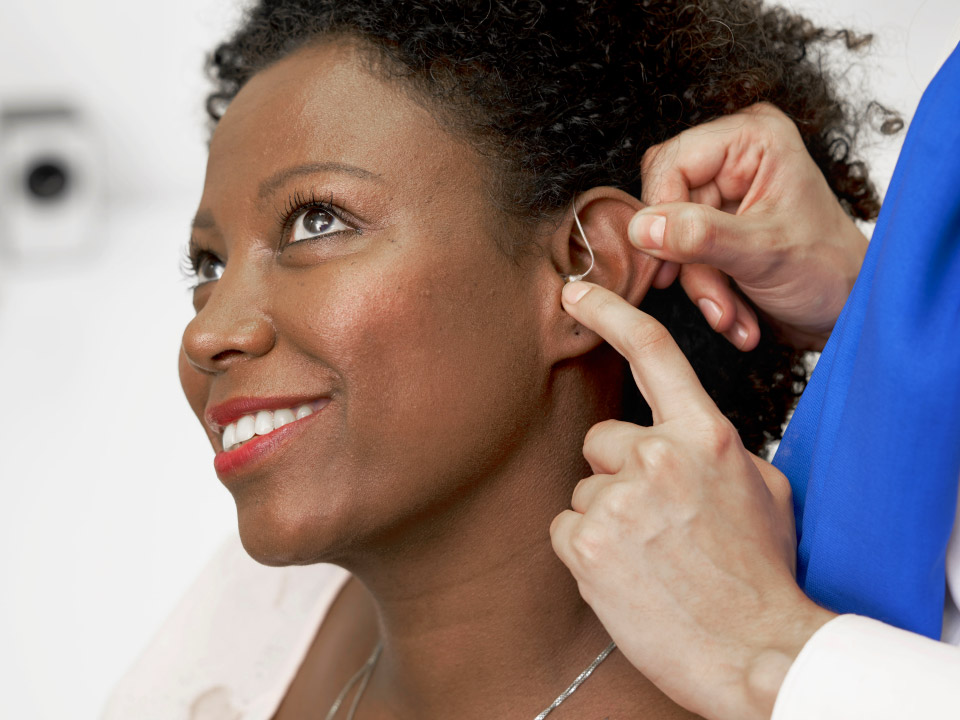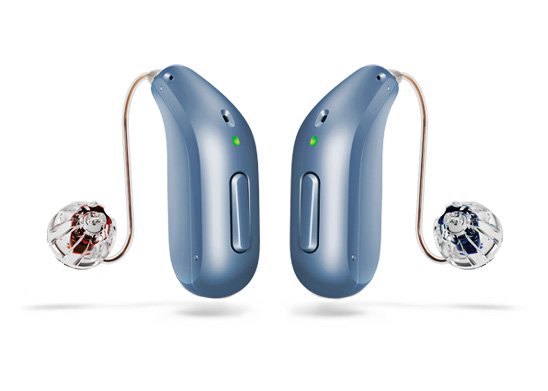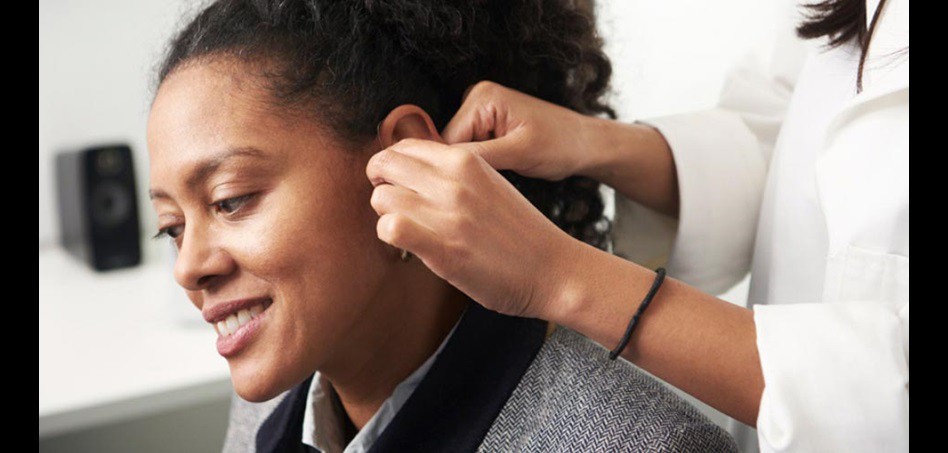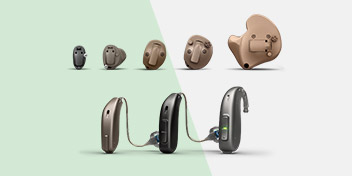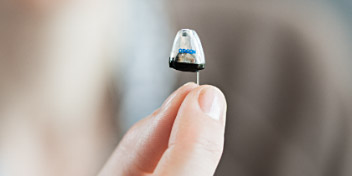Sources
1. Beck D.L. (2012) British Academy of Audiology. Podium presentation
2. Clason, D. (2017, July 13). Can allergies affect your ears and cause hearing loss? Healthy Hearing. https://www.healthyhearing.com/report/51352-Can-allergies-cause-hearing-loss.
3. Clason, D. (2020, January 21). Dual sensory impairment: Hearing loss and vision loss. https://www.healthyhearing.com/report/52555-How-hearing-loss-is-different-than-losing-your-vision.
4. Clason, D. (2019, October 29). Sensorineural hearing loss (SNHL) causes. Healthy Hearing. https://www.healthyhearing.com/report/50276-Common-causes-of-sensorineural-hearing-loss.
5. G Livingston, Jonathan Huntley, Andrew Sommerlad, et al. Dementia prevention, intervention, and care: 2020 report of the Lancet Commission. The Lancet. July 30, 2020.
6. Frank R. Lin, M. D. (2011, February 1). Hearing Loss and Incident Dementia. Archives of Neurology. https://jamanetwork.com/journals/jamaneurology/fullarticle/802291.
7. Hearing Industries Association. (2019, March 27). MT10: MarkeTrak 10. Marketing Research, Inc.
8. Hearing Loss Association of America. (2018, May). Do you think you have hearing loss? https://www.hearingloss.org/wp-content/uploads/HLAA_DoYouThinkYouHave_Hearing-Loss.pdf?pdf=DoYouThink
9. Juul Jensen (2018). Closing a gap to normal hearing. Oticon White Paper.
10. Juul Jensen (2019). Oticon Opn S Clinical Evidence. Oticon White Paper.
11. Mroz, M. (2020, May 4). Hearing loss types - Learn about sensorineural, conductive and mixed. Healthy Hearing. https://www.healthyhearing.com/help/hearing-loss/types.
12. Oticon Opn S™ Hearing Aids l Oticon. https://www.oticon.com/breaking-the-rules.
13. Santurette, S., Ng, E. H. N., Juul Jensen, J., & Man K. L., B. (2020). Oticon More clinical evidence. Oticon Whitepaper.
14. U.S. Department of Health and Human Services. (2020, December 14). Sudden Deafness. National Institute of Deafness and Other Communication Disorders. https://www.nidcd.nih.gov/health/sudden-deafness.
15. U.S. Department of Health and Human Services. (2020, December 14). Noise-Induced Hearing Loss. National Institute of Deafness and Other Communication Disorders. https://www.nidcd.nih.gov/health/noise-induced-hearing-loss.
16. Victory, J. (2020, April 7). Bone-anchored hearing systems: What you need to know. Healthy Hearing. https://www.healthyhearing.com/help/hearing-aids/bone-anchored.
17. Victory, J. (2021, February) )Sudden hearing loss in one ear. Healthy Hearing. https://www.healthyhearing.com/report/52462-Sudden-hearing-loss-getting-to-the-bottom-of-it

